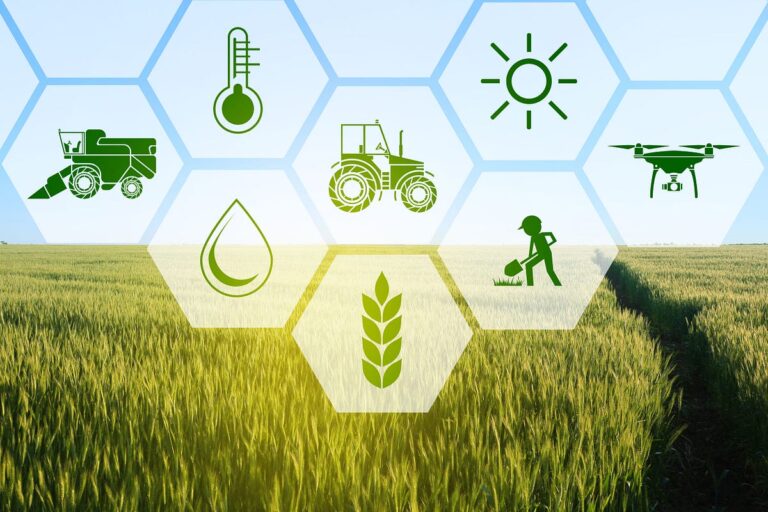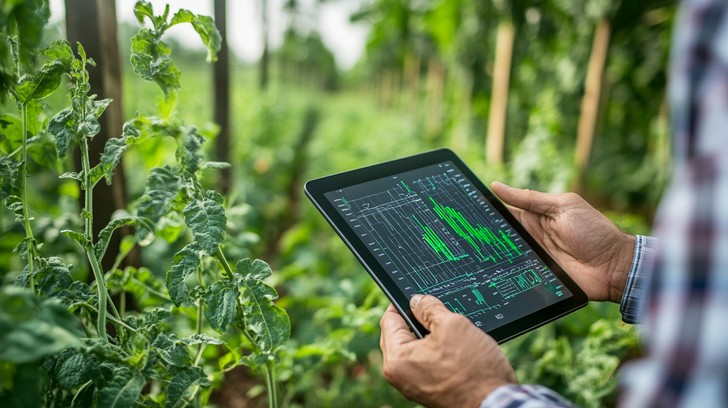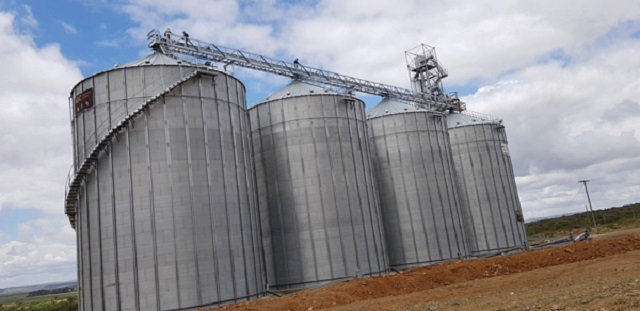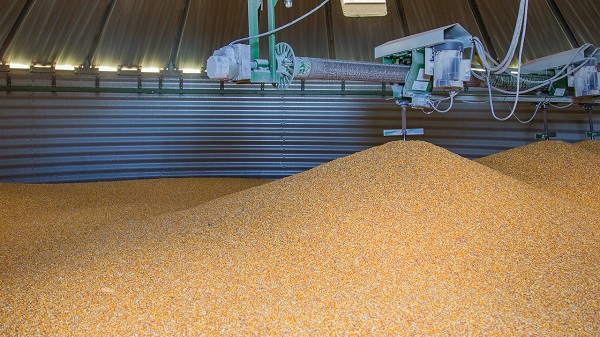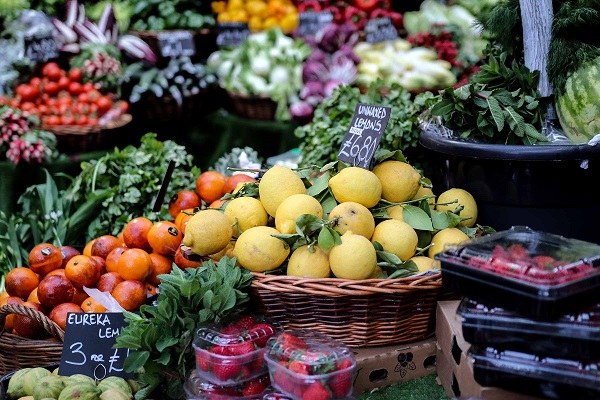The John Deere 2020 is a versatile and durable utility tractor that has earned a solid reputation among farmers and landowners for its reliability, ease of use, and impressive performance.
First introduced in the 1960s, the 2020 model has become a beloved choice for a wide range of agricultural, landscaping, and light construction applications.
Although it is no longer in production, many 2020 tractors are still in use today, thanks to their durability and ease of maintenance.
Here’s an in-depth look at the John Deere 2020 Tractor, considering its key features, performance, and overall value:
Key Features:
- Engine Performance:
- The John Deere 2020 is equipped with a 4-cylinder gas or diesel engine, depending on the model, offering solid horsepower in the range of 50–60 horsepower. This provides the necessary power for a wide range of tasks, including plowing, mowing, tilling, and hauling.
- The diesel version is known for better fuel efficiency, making it a great choice for long hours of operation.
- The gas-powered model delivers smoother power delivery and is often preferred by those who want a quieter, less complex engine.
- Transmission & Hydraulics:
- The tractor features a 6-speed transmission with an optional reverse gear for easy maneuvering. The transmission is smooth and relatively simple, making the 2020 suitable for operators with various levels of experience.
- The hydraulic system on the 2020 is robust, providing adequate lifting capacity for many implements like plows, cultivators, and rotary cutters. The hydraulics are also compatible with various John Deere implements, adding to its versatility.
- Comfort & Design:
- The operator’s station is straightforward, with a simple layout and controls that are easy to use. Though it lacks the advanced ergonomic designs of modern tractors, it provides a comfortable work environment for most tasks.
- The open station design of the 2020 gives the operator good visibility, but it can be a bit exposed, especially when working in bad weather. However, some owners have retrofitted their 2020s with cabs for added comfort.
- The seating is basic, but functional. For longer shifts, some owners opt to upgrade the seat to improve comfort.
- Durability:
- The John Deere 2020 is known for its long-lasting build quality. With heavy-duty components and a cast iron frame, this tractor can handle tough jobs and endure many years of use.
- The overall build of the tractor is sturdy, with the ability to withstand harsh working conditions. Rust resistance on the frame is also commendable, especially when compared to other tractors from the same era.
- Versatility:
- One of the standout features of the John Deere 2020 is its versatility. Whether you’re doing row crop farming, hay production, or light loader work, the 2020 can handle it all.
- The 3-point hitch system is compatible with a wide range of implements, and the PTO (Power Take-Off) offers good power delivery for various attachments. Whether you’re running a mower, a tiller, or a snow blower, the 2020 is flexible enough to adapt to different jobs.
- Maintenance:
- The 2020 model is designed to be easy to maintain, with easily accessible parts and relatively simple systems. Routine maintenance tasks such as oil changes, filter replacements, and fluid checks are straightforward.
- As it ages, it’s essential to ensure that all seals, gaskets, and the hydraulic system are in good condition, as older machines can sometimes experience leaks. But when properly maintained, a John Deere 2020 can run for decades.
Performance:
When it comes to performance, the John Deere 2020 holds its ground. Its engine provides ample power for typical tasks on a medium-sized farm or property.
Its PTO output is reliable, and the hydraulic lift capacity is strong enough to handle common implements, including post hole diggers, snow blowers, and rotary tillers.
Whether you’re working with smaller implements or tackling more demanding tasks, this tractor provides an impressive balance of power, efficiency, and reliability.
While it’s not a heavy-duty tractor like the John Deere 4020 or larger models, the 2020 excels in light to moderate applications. Its compact size also makes it highly maneuverable, a key benefit when working in tight spaces or around obstacles.
Pros:
- Durability: The John Deere 2020 is known for its longevity. Properly cared for, it can last for decades.
- Versatility: Ideal for a variety of applications, from mowing and tilling to light loader work and snow removal.
- Ease of Maintenance: Simple systems make it easy to maintain and repair, even for those with limited mechanical knowledge.
- Fuel Efficiency (Diesel Version): The diesel engine provides excellent fuel economy for long workdays.
- Affordability: As a used tractor, the 2020 offers a good balance of performance and cost, particularly when compared to newer models.
Cons:
- Lack of Modern Comforts: The 2020 lacks some of the ergonomic advancements found in newer tractors, such as air conditioning or advanced suspension seating. Long hours in the open station design can be tiring, especially in extreme weather.
- Outdated Technology: While the tractor is reliable, it doesn’t have the advanced technology (like GPS, auto-steering, or telematics) that newer models offer.
- Hydraulic Capacity Limitations: While adequate for most tasks, its hydraulic capacity may not meet the needs of those requiring extremely heavy lifting or high-performance hydraulic work.
Conclusion:
The John Deere 2020 remains one of the most reliable and affordable options for farmers and landowners who need a solid utility tractor.
It may not offer the bells and whistles of modern tractors, but its build quality, performance, and versatility make it a valuable asset for a wide range of tasks. For anyone looking for a tractor that is durable, easy to maintain, and capable of handling most farm tasks, the 2020 is still a great option.
While newer models come with more advanced features, the 2020 holds up well in terms of reliability and simplicity, making it a great choice for those looking for a no-frills, hardworking tractor.
If you come across a well-maintained used John Deere 2020, it can be a great investment for many more years of service.
Also Read


